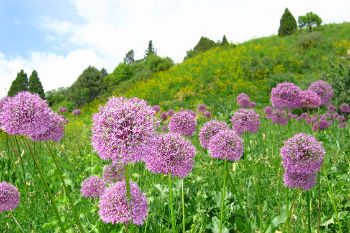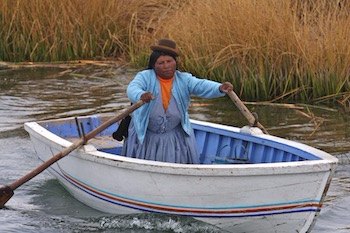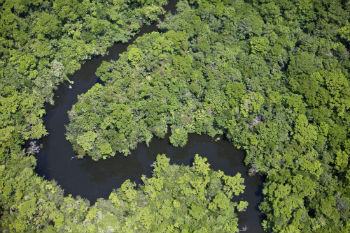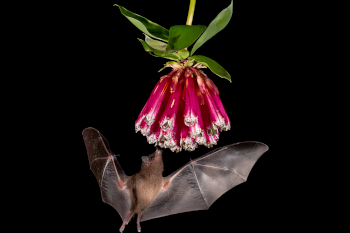Main menu
CEPF is a joint initiative of l’Agence Française de Développement, Conservation International, the European Union, Fondation Hans Wilsdorf, the Global Environment Facility, the Government of Canada, the Government of Japan and the World Bank. A fundamental goal is to ensure civil society is engaged in biodiversity conservation.
Visitez le site français コア情報の日本語翻訳を読むOr use Google Translate to translate the English site to your language:
GTranslate
The GEF Small Grants Programme and CEPF Explore Collaboration
By: Marsea Nelson, CEPF Senior Communications Manager
09 June 2017
09 June 2017
Since 1992, the GEF Small Grants Programme (SGP)—implemented by the United Nations Development Programme (UNDP) and funded by the Global Environment Facility (GEF)—has provided more than 20,000 grants, totaling more than US$541 million, in 132 countries. The program aims to conserve and restore the environment while enhancing people's well-being and livelihoods.
SGP takes a country-level approach, while CEPF focuses on biodiversity hotspots at the regional level. The two programs have distinct missions and approaches, but there is common ground between the organizations.
“We operate in many of the same countries, and while the SGP doesn’t solely focus on biodiversity, it is one important area of their work,” said CEPF Executive Director Olivier Langrand. The organizations also share common donors: the GEF, the government of Japan and the government of France.
The two programs also face similar challenges—results-based management and monitoring, and knowledge management and communication, among them.
Langrand and Yoko Watanabe, Global Manager of the SGP and former CEPF working group member representing the GEF, see multiple opportunities for collaboration.
“I think what we really share is the same goal, both the conservation vision as well as having an impact at the local community level through civil society capacity building,” said Watanabe. “By working together, we can have a greater impact.”
Next fall, the two organizations plan to hold a workshop among staff to explore how to more systematically share their knowledge and lessons learned, and ultimately increase the conservation impact on the ground.
“We’ve each tried different approaches and, by sharing those, we can create a stronger system,” said Watanabe. “It’s a win-win to collaborate.”





